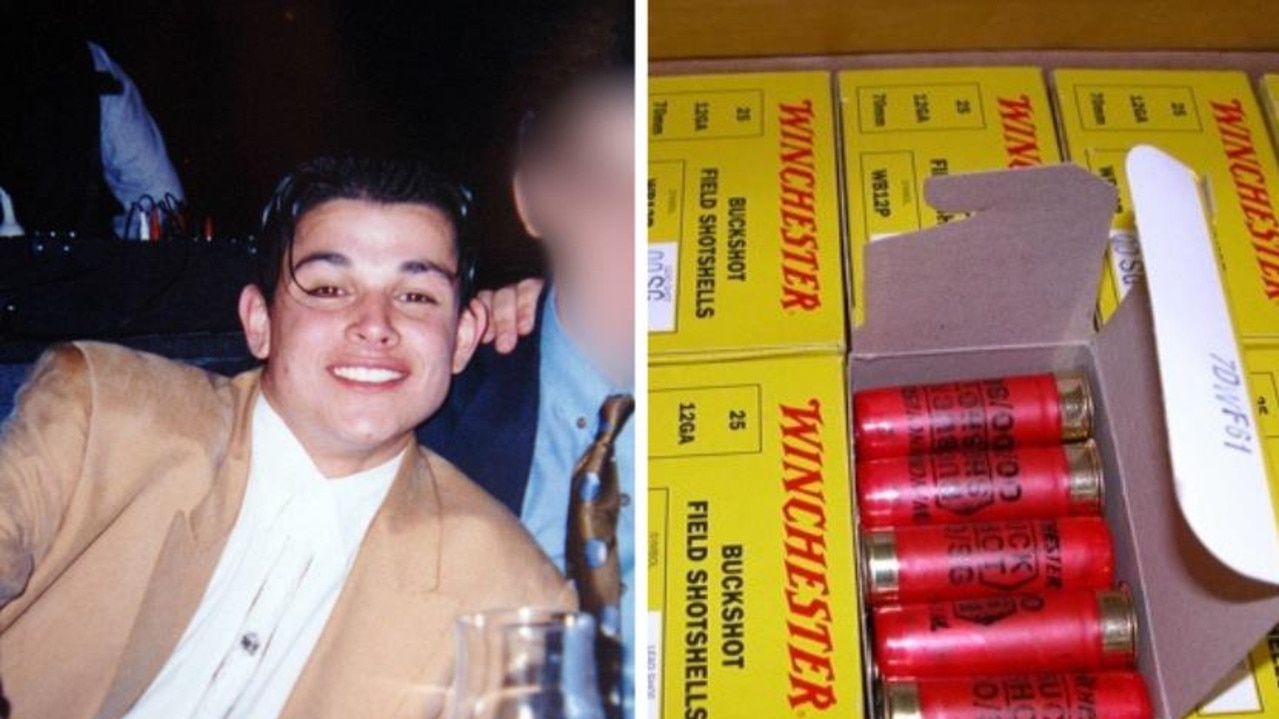Quorn axe murderer Jose Omonte-Extrada’s motive to kill Rebecca Wild and Jessie Fullerton
A top forensic expert who faced off with Jose Omonte-Extrada has revealed why he killed his ex-girlfriend Rebecca Wild and innocent bystander Jessie Fullerton.
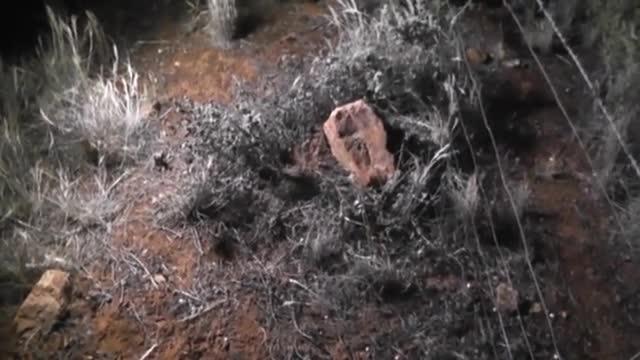
Behind the Scenes
Don't miss out on the headlines from Behind the Scenes. Followed categories will be added to My News.
The teenage axe-murderer smiles and gives a cheery wave as the men pass at Adelaide’s Yatala maximum security prison.
“Hi Jose, nice to see you. How are you going?” forensic psychologist Luke Broomhall warmly responds, referring to double murderer Jose Omonte-Extrada familiarly by his first name.
For a few minutes, they’ll stop and chat, exchanging pleasantries. Just as one may do with a friendly neighbour, or other acquaintance.
But there is nothing convivial about the basis of this relationship – two humans brought together by one of the most heinous crimes in South Australian history – a crime that left 16-year-old schoolgirl Rebecca Wild buried in a makeshift, shallow grave, and innocent bystander Jasinta-Leigh Fullerton axe-murdered on a roadside when she tried to intervene.
When Omonte-Extrada was charged, Broomhall, one of SA’s top forensic psychologists, was enlisted by Omonte-Extrada’s defence lawyers to create a background report on the killer.
The report would be used to give jurors and judges insight into an offender’s psychology and background so an appropriate sentence – in terms of punishment, rehabilitation and longer-term community safety – could be applied.
What could make a 19-year-old man perpetrate such atrocious violence against his 16-year-old ex-girlfriend and the good Samaritan who attempted to intervene and save his first victim’s life?

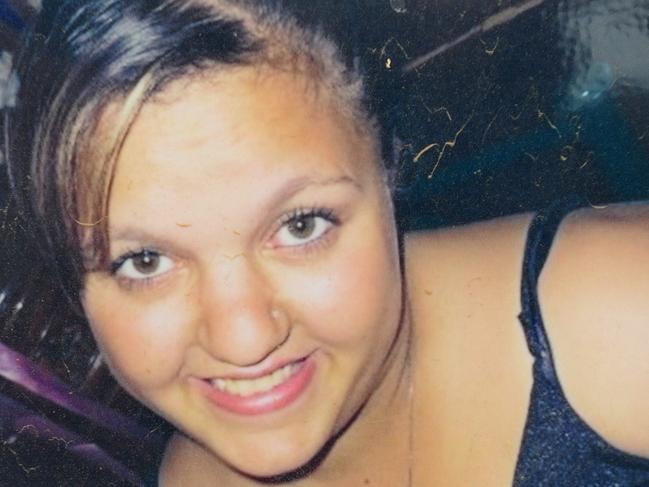
This was the question Broomhall attempted to answer, collating evidence through interviewing and psychometric testing, and discussions with witnesses, friends and family who knew the offender best.
“Psychopathy isn’t a stand-alone clinical diagnosis,” Broomhall says.
“But the traits are described in the Diagnostic and Statistical Manual of Mental Disorders (DSM–5) in the definition of personality disorders … so we’re talking about higher levels of those (psychopathic) traits in a person. And Omonte-Extrada certainly had them.”
Broomhall sat across from Omonte-Extrada in a sparse prison interview room for approximately six hours, over three different meetings, and identified countless psychopathic traits in the process.
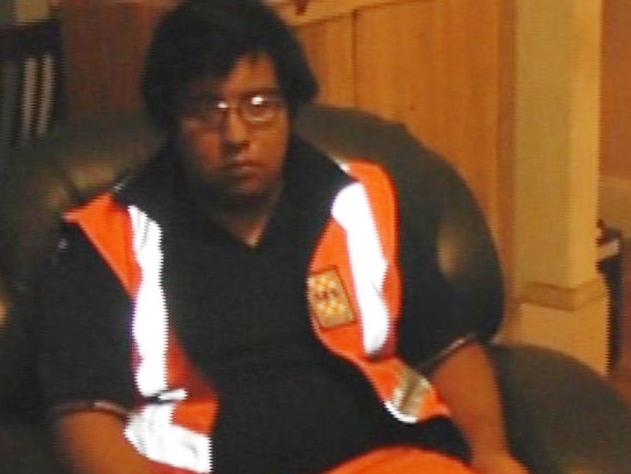
“Certainly that sense of superficial charm, very grandiose, lots of lying, lots of pathological lying, very cunning, very manipulative, really lacking in remorse and guilt. Very unempathetic, not accepting responsibility for his own emotions, very bored easily and when he became bored he needed to manipulate people for a sense of fun to alleviate boredom,” he says of Omonte-Extrada.
“For people with high levels of psychopathy, that adrenalin threshold is triggered at a much higher rate, which means it takes more to trigger it.”
Originally from Bolivia, Omonte-Extrada had landed in the small town of Quorn, in SA’s Flinders Ranges, after being abandoned by his drug-addicted sex worker mother in Bolivia.

His birth father had been absent for most of his early life but finding him in an orphanage at age nine, he took Omonte-Extrada back to live in Australia with him and his partner.
“There was some violence in his background and that I think that’s where the seeds were sown,” Broomhall says.
By the time Omonte-Extrada was a young teenager, he was socially isolated, withdrawn, resentful and angry. He began stealing from his family and developed an unhealthy interest in violent art and video games.
It’s a backstory that Broomhall says aligns perfectly with a person with psychopathic traits.
“You can see it through their history, from their upbringing: a lack of attachment to their parents and childhood, usually physical abuse and neglect, and fending for themselves from a young age,” he says.
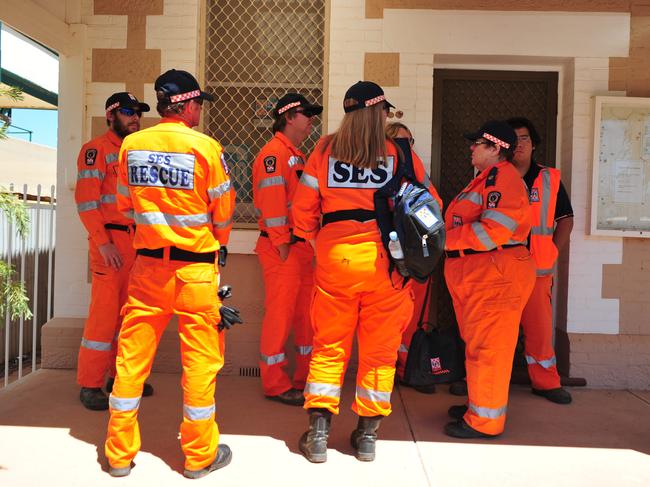
Omonte-Extrada was living in foster care, after his father died of a brain tumour, by the time his path crossed with Port Pirie schoolgirl Rebecca “Bec” Wild in late 2011.
The pair began communicating regularly over Facebook, with a long-distance romantic relationship developing. However, Omonte-Extrada claims the relationship ended after Ms Wild posted an embarrassing social media status stating she wanted to have his baby.
Two weeks after they split, Omonte-Extrada told Broomhall he decided to visit Ms Wild in Port Pirie as he was not getting answers to his question of why she wanted to end the relationship in the online chats.
On December 5, 2012, he stole a ute from the SES, where he worked as a volunteer, and set off for their last fatal meeting – an axe in the ute’s back tray, a wooden-handled knife in his SES kitbag.
After picking up Ms Wild at 9pm, Omonte-Extrada asked her if they could drive somewhere to “talk in private”.
“I knew she was lying to me about different guys and stuff,” Omonte-Extrada told police.
“It really frustrated me because I felt she was using me.

“She got really angry and I kind of, you know, lost it and as I was driving I started to feel my way to the back of the seat where my bag was and that’s when I pulled the knife out on her.”
Omonte-Extrada proceeded to stab Ms Wild 29 times in the head, face and arms. Although terribly injured, she was still alive as Omonte-Extrada then erratically drove her to Quorn.
When Quorn local Jasinta Leigh Fullerton, 22 – who was known to Omonte-Extrada from the local pub – stopped beside the ute, she noticed Ms Wild bleeding in the passenger seat and demanded he take her to hospital.
Instead, Omonte-Extrada retrieved the axe from the back and struck Ms Fullerton repeatedly, killing her before Ms Wild’s eyes.

He drives off with Ms Wild screaming and bleeding profusely in the car’s floor-well.
Soon, he turns the axe on Ms Wild, hitting her until her body is lifeless.
Omonte-Extrada dumps her body behind some bushes and drives to the SES station, where he spends several hours meticulously cleaning the blood from the vehicle.
He then returns to the body, sets it alight, and tows her body to the cemetery, where he buries her in a shallow hole.
“There’s Factor One and Factor Two psychopathy, and Omonte-Extrada falls into both categories,” says Broomhall.
“Factor one psychopathy is those aspects which we relate to a higher level of IQ and more planned offending behaviour.
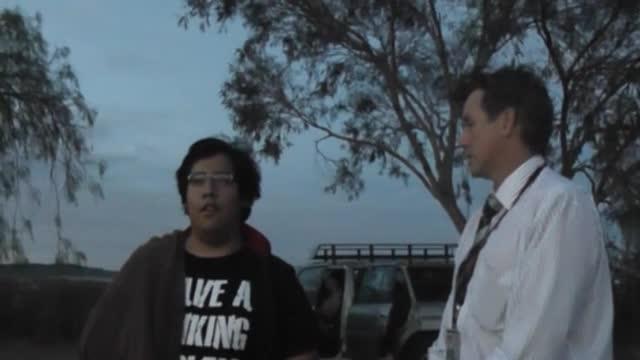
“And that’s where you see those facets that I talked about before: the superficial charm gaining trust and then leveraging that to use somebody to your own devices.
“But sociopaths relate more to Factor Two. That’s a bit more disorganised, impulsive, it’s a bit more reckless.
“They’ve got very poor behavioural controls, and a pure sociopath – so an example is (US serial killer) Ted Bundy, who was found in a forest somewhere – generally wants to be detached from society.
“They don’t want to be anywhere near people … they’re more likely to be loners.”
Broomhall believes the reason Omonte-Extrada did not finish killing Ms Wild immediately, but left her slowly dying in the seat beside him, was that he momentarily reconsidered whether he could go through with the act of murder.
“But he decides he does want to do it. But in order to do it, he needs to blame her,” Broomhall says.
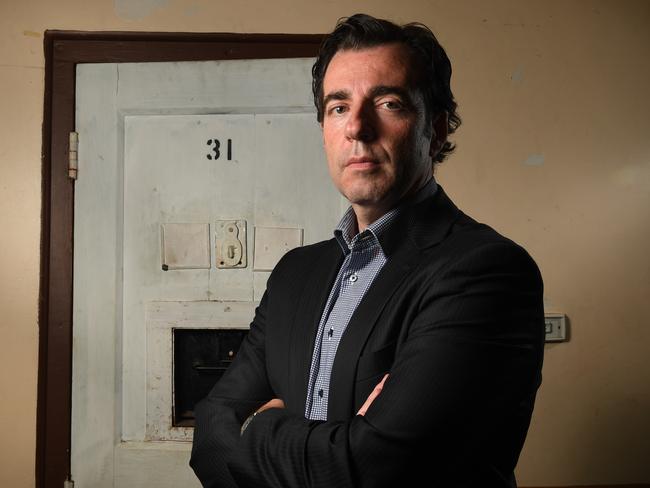
“So there’s an argument, there’s an emotional context, and she becomes very angry with him. “And that allows him to cross that line because he can then blame her for his behaviours.
“It’s almost like he’s lost his temper in that moment, and stabs the first victim in the chest and in the throat while he was driving, almost in a frenzy, and uncontrolled way before he’s then come back to a sense of control – after he’s committed the act.”
Broomhall says you can see that sense of control come into play as he cleans the ute, and takes a calculated, two-step approach to disposing of her body.
When Ms Wild is reported missing, Omonte-Extrada denies any knowledge of her whereabouts, and tries to cover his tracks by sending her phone worried texts and joining the search party.
However, he quickly becomes a prime suspect, with police accessing the Facebook messages between the pair, discussing their plans to meet the night of the murders.
During his police interviews and following court case, he made no apologies for the murders and showed no emotion or remorse.

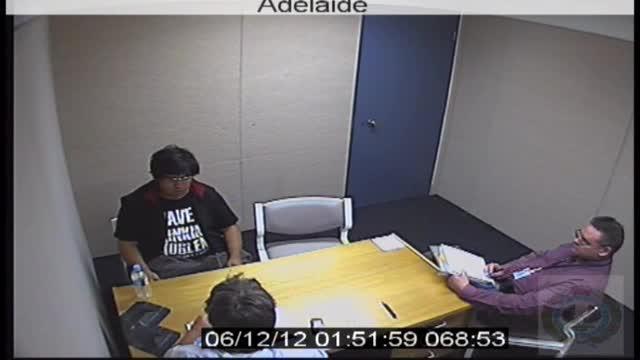
When detectives asked him why he had killed Ms Wild, he simply replied: “I have no idea.”
In November, 2013, Omonte-Extrada was convicted of both murders and sentenced to two life sentences, with a non-parole period of 33 years. It is one of SA’s longest sentences, putting him in the echelon of the Snowtown “Bodies in the Barrels” serial killers.
In a career spanning 20 years, Broomhall has interviewed thousands of offenders, spanning the gamut of truly nefarious offending – murderers, sex offenders, thieves and fraudsters.
“Within most of those people, I’ve always been able to find some sort of humanity, some sort of connection to human responses, human relationships, or at least a past where it exists.”
But this case was different.
“There’s been between eight to 12 individuals in that period of time that I back on a go: ‘yeah, that person was really scary. Scary, in the sense that they would do anything and just not care’.
“There’s genuinely no sense of remorse or even thinking about the person, no empathy at all. No thought about them, or their family, or the damage they’ve caused.”
It’s a rare club, reserved for just a terrifying few.
And of course, Omonte-Extrada is the perfect member.
Originally published as Quorn axe murderer Jose Omonte-Extrada’s motive to kill Rebecca Wild and Jessie Fullerton

